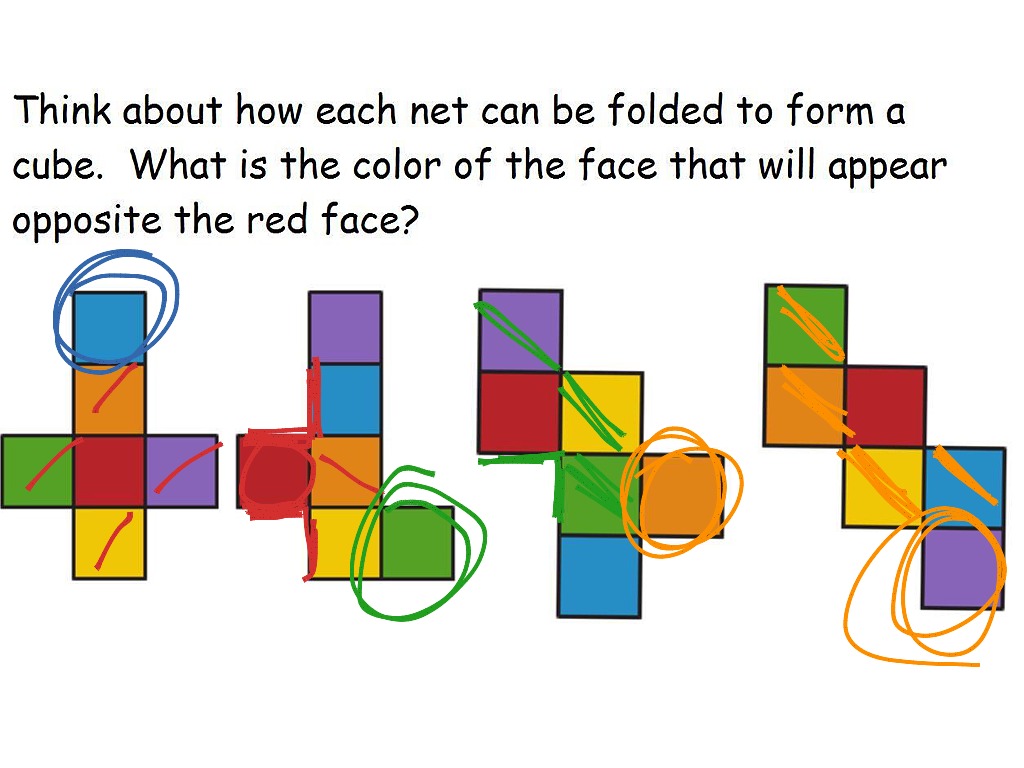

There was a huge number of those polygons to draw, so I quickly abandoned all hope of trying to draw them by hand in Inkscape or something similar. I used MP to create some polygons on a hexagonal lattice in the context of cluster expansions. You can draw two curves $X(t)$ and $Y(t)$ (defined most comfortably as splines) and tell MP to compute their intersection, draw a point there and label it with some text


I'll interpret your term diagram as "any fancy image that captures some physics".įor this I can hardly recommend anything else then MetaPost. Please recommend few pieces of softwares if they are good for different situations. the ability to run through a loop that draws a series of lines with a varying parameter). Moreover, minimal programming functionality would be nice additional feature (i.e. While I would like to hand-draw and drag-and-drop pre-made shapes, I also want to specify the exact locations of curves and shapes with equations when I need better precision. I am looking for a tool with high flexibility and minimal learning curve/development time. So, which tools are commonly used by physicists? What are their good and bad points (features, ease of use, portability, etc.)? The only other tools I know are Microsoft Paint and the tools built into Microsoft Office. I know some people use LaTeX, but I am not quite sure how versatile or easy it is. I usually hand-draw things in GIMP which is powerful in some regards, but it is time consuming to do things like draw circles or arrows because I make them from more primitive tools. Undoubtedly, people use a variety of programs to draw diagrams for physics, but I am not familiar with many of them. It is not currently accepting new answers or interactions. This question and its answers are locked because the question is off-topic but has historical significance.


 0 kommentar(er)
0 kommentar(er)
